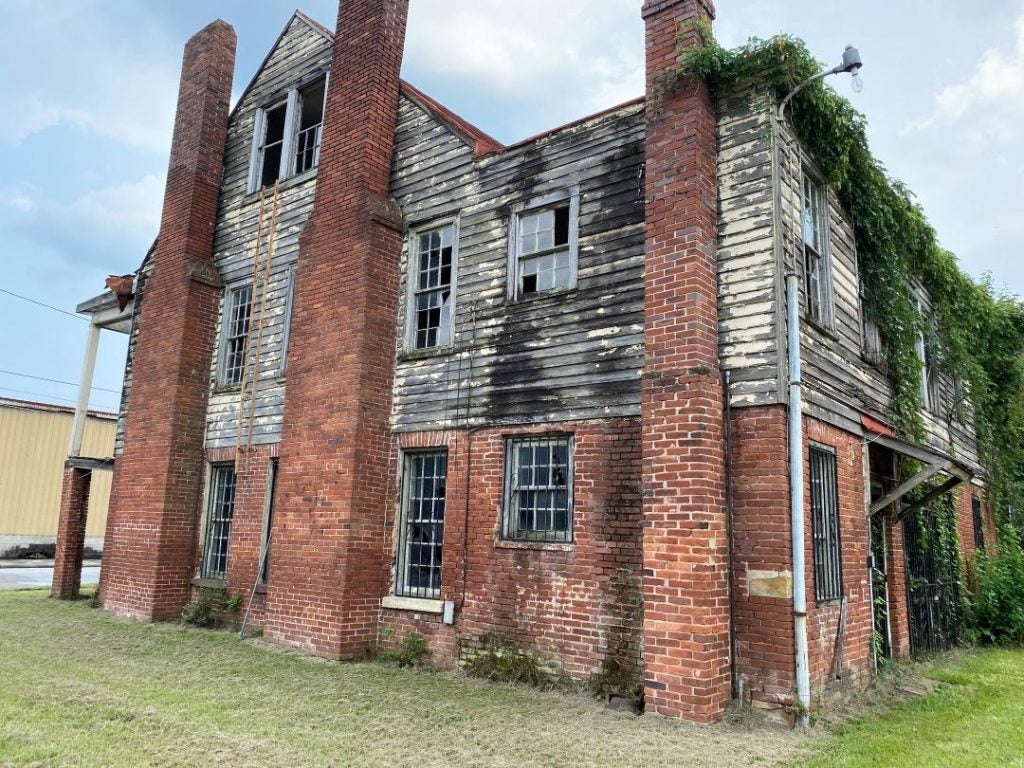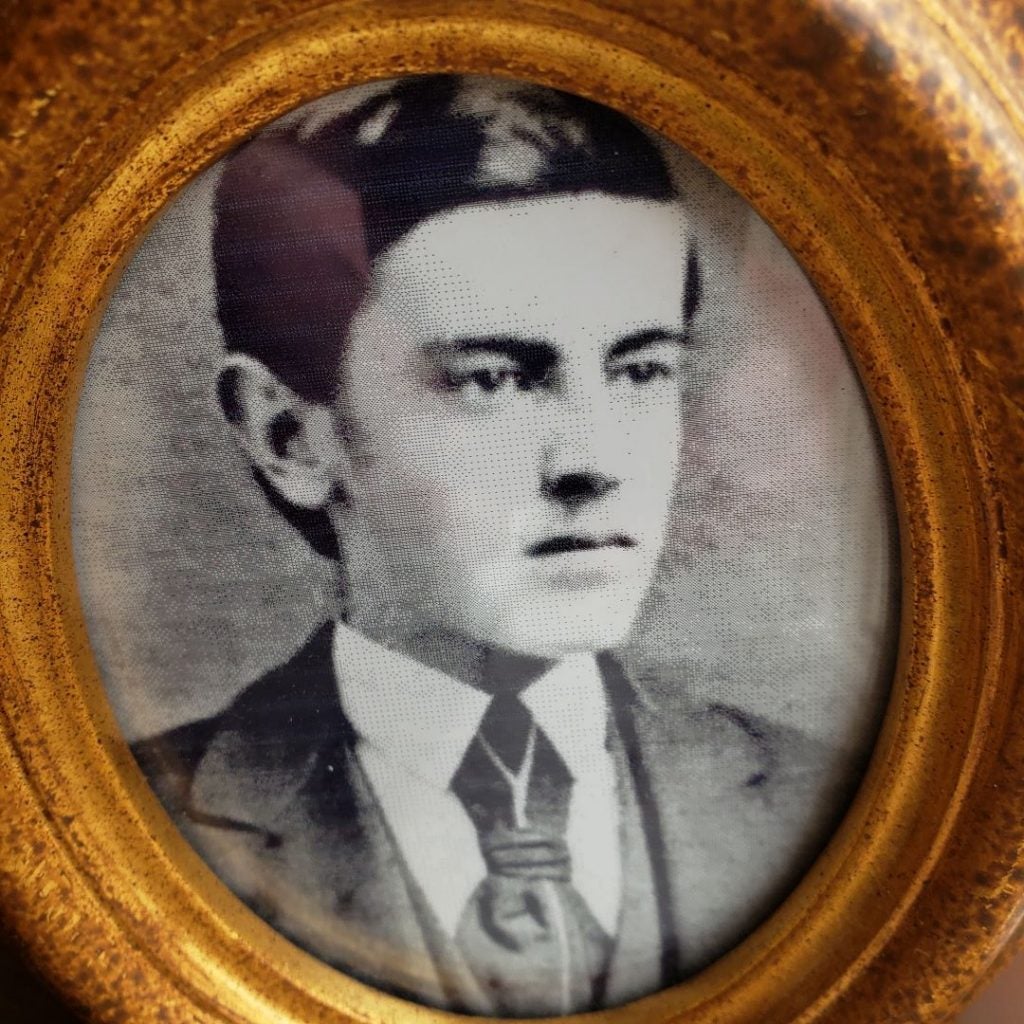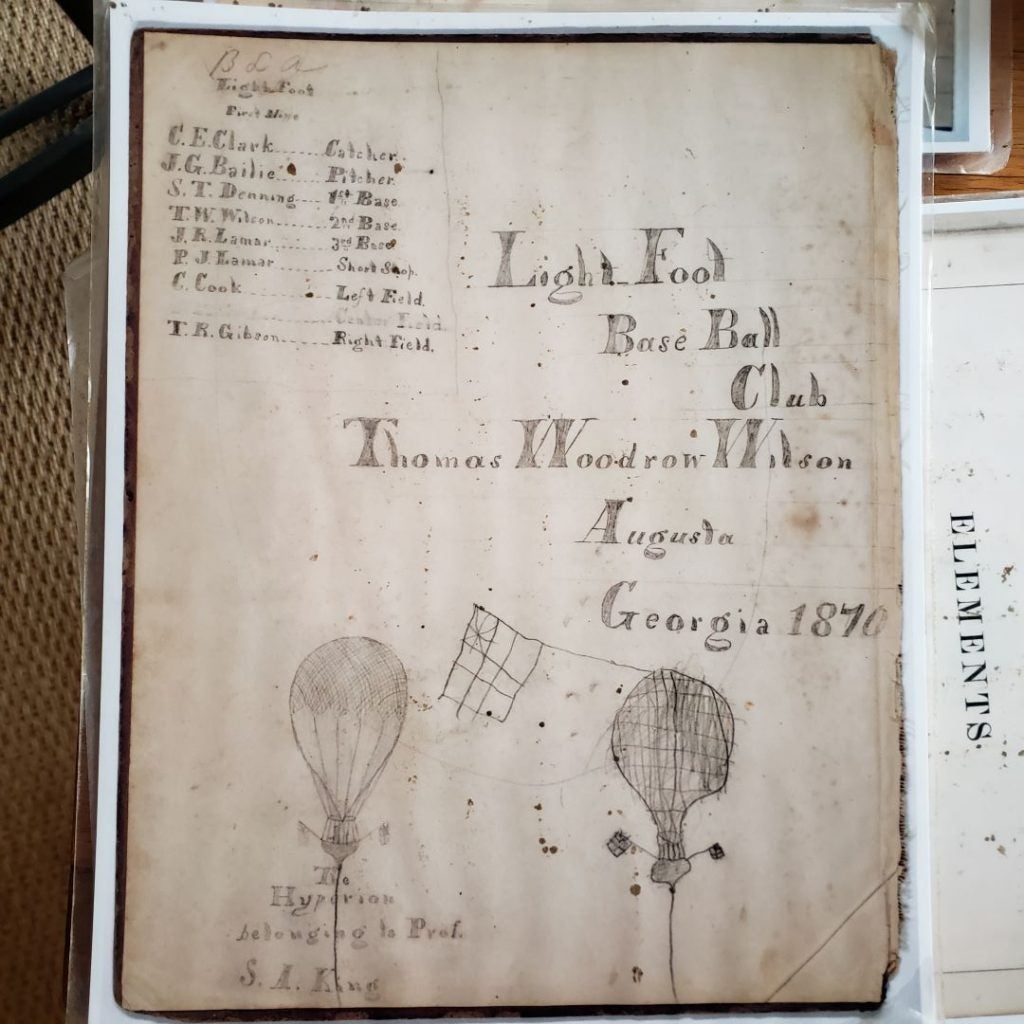(Editors note: This article first ran on July 25, 2021. Due to renewed public interest in the Denning House, it is being republished with updates to the original.)
Around the corner from the stately, refurbished historic homes on Telfair Street sits a three-story derelict building that shoots up from the ground like a rotting tooth. The building, once known as Denning House, has an interesting connection to local and national history, and its story is one almost lost to the ages.
However, the three story, rickety looking Antebellum building is getting renewed attention as the dependency building behind the mansion structure was featured in a scene in the new Dennis Quaid film “The Hill.”
MORE: Augusta committee OKs recreation audit
Erick Montgomery, executive director of Historic Augusta, Inc. says that he has met with the owner of the property to discuss its future and he feels the timing is right for the Denning House to be restored.
“It features a very unique and stately architecture; but I believe it’s real value lies in its historic significance to the area. I haven’t been inside the main building yet, but looking at it from the outside, if it is going to be saved, now is the time to do it,” Montgomery said.
Denning House, located at 905 Seventh St. was once home to a well-known 19th Century Augusta brick mason named David Denning, who helped create many historic brick structures that still survive today. His handiwork includes the brick wall around Magnolia Cemetery, probably the facade of the 1860s era addition to the original Richmond Academy and the original Sacred Heart Church building, all of which are still standing.
Something You Might Not Have Known: Old Richmond Academy
The home’s entire first floor exterior is constructed of handcrafted bricks with the second and third floors made of wood, likely in the sturdy mortise and tenon construction method. The brick bottom floor is an interesting design that made the home stand out among the other stately homes in downtown Augusta during its 19th century heyday.
Sadly, today Denning House stands out not for its beauty but for the fact that it has literally wasted away and become one of the city’s most unfortunate blighted properties.

In the late 1860s, after the Civil War had drawn to a close and Augusta tried, along with the rest of the nation, to get back to some sense of normalcy, kids were no longer being sent to war, but allowed to play again.
For young boys of the era in Augusta, the game of baseball was all the rage.
A group known as the Lightfoot Baseball Club was formed, which included the young boys who lived in the lower Telfair area. Most of the teammates were students at the nearby Professor Joseph Tyrone Derry’s Select School for Boys.
The young “president” of the club was one Tommy Wilson, who, according to Montgomery, wrote the by-laws for the group and imposed parliamentary procedure at their meetings.

Those “parliamentary” meetings likely took place at Sammy Denning’s house.
The boys practiced and played on the parade grounds of Richmond Academy, which almost abuts the Denning property where first baseman Samuel Denning lived. Looking at the house, it is easy to envision the lively group of sweaty boys taking shelter from the summer heat under the brick lined lower porch of Denning House to run their club meetings.
The Lightfoot Baseball Club would only last a few years as the boys grew up and went their separate ways. However, a great many of the boys would go on to become men enshrined in local and American history.
Pleasant Stovall grew up to be the highly respected editor of The Augusta Chronicle newspaper and was a prolific writer known best for his letter taunting the retired General William Sherman for a rematch of the March To The Sea with Sherman attempting to invade Augusta. Stovall would later be appointed as Ambassador to Switzerland by his old friend, Tommy.

Joseph Rucker Lamar, who played third base, would go on to a distinguished political career and was appointed to the United States Supreme Court, in 1910, by President William Howard Taft, who was no stranger to Augusta. The Lamar Building on Broad Street is named in his honor.
Thomas Combs Walton, who was the club’s pitcher, lived on Broad Street near the family’s grocery business, but later moved into a house at the corner of Walton Way and Hickman Road in the trendy area that was becoming known as Summerville.
According to Historic Augusta, Walton’s final boyhood home would be sold to a man named Morris Partridge who would later transform the two-story abode into the iconic, veranda lined Partridge Inn.
Thomas Gibson, who played right and center field, sadly, would not get much of a chance to become nationally distinguished, but he was well on his way to prominence when he died just shy of his 40th birthday.
Gibson was appointed by Grover Cleveland to be United States Consul to Beirut. He contracted smallpox while on a trip to neighboring Syria and died there.

Of course, the most famous alumni of the Light Foot Baseball Club was Tommy Wilson, who would later be known by his middle name Woodrow, when he became the 28th president of the United States.
Time would be kind to the memories and legacies of most of the young men who formed that original baseball club, as many of the buildings associated with them still stand in Augusta.
However, time would not be as kind to Samuel Denning’s boyhood home.
Denning, it seems, went into the brick masonry business along with his father and continued on with providing bricks to Augusta’s developers; but, he died in relative obscurity when compared to his peers.
Samuel Denning’s final resting place is within the boundary of the brick wall that he and his father built at Magnolia Cemetery.
…and that is something you might not have known.
Scott Hudson is the Senior Reporter for The Augusta Press. Reach him at scott@theaugustapress.com.
[adrotate banner=”56″]












